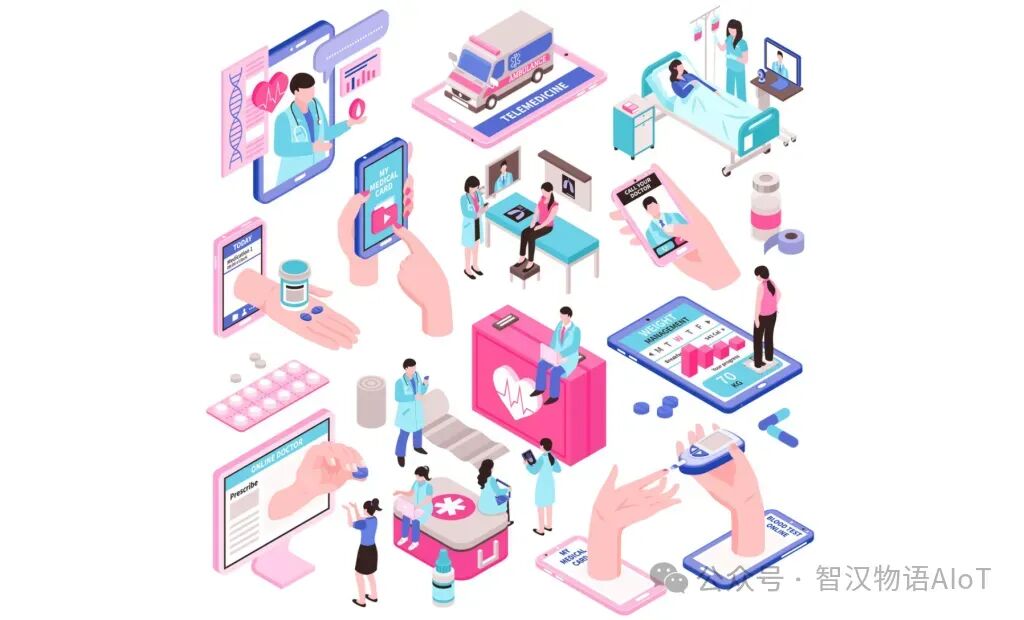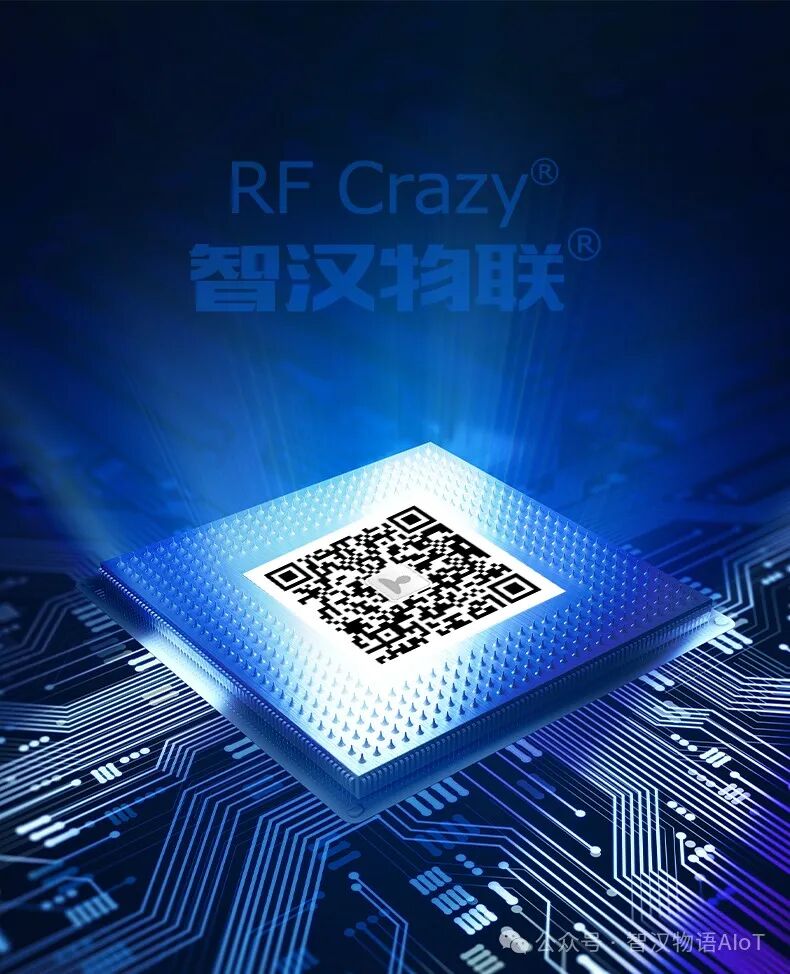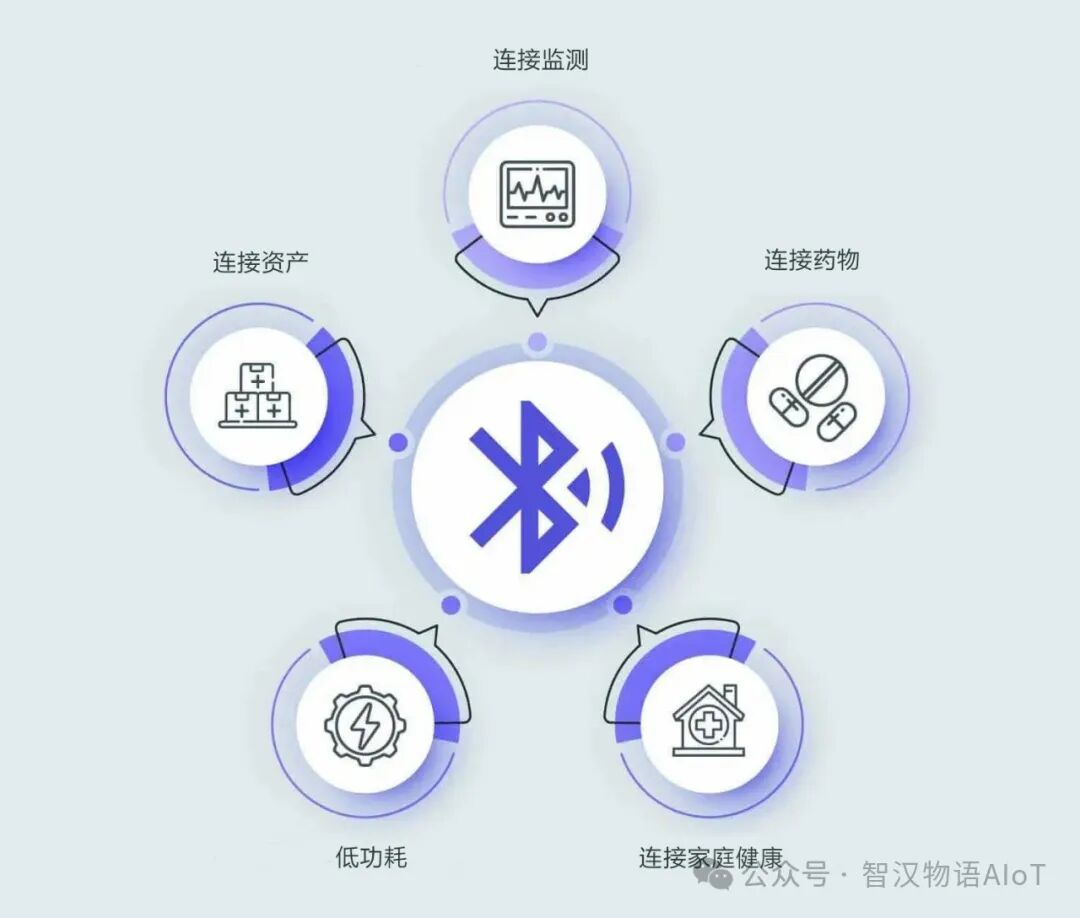
In the healthcare industry, the demand for precise, real-time, and low-power data transmission is growing. Bluetooth Low Energy (BLE) technology, with its unique advantages, is becoming the core driving force behind the intelligent upgrade of medical devices. From wearable devices to remote monitoring systems, BLE technology is innovating data interaction methods, bringing higher efficiency and safety to the healthcare sector. Here are the top ten innovative applications of BLE technology in the medical field:
1. Neonatal Temperature Monitoring Patches
Traditional neonatal temperature monitoring relies on wired devices, which can cause skin damage and restrict infant movement. Flexible temperature patches based on BLE use high-precision sensors to collect temperature data in real-time and transmit it to a Bluetooth gateway, then to the central monitoring system at the nurse’s station. Medical staff can monitor the temperature fluctuations of dozens of infants simultaneously, with automatic alarms triggered in case of abnormalities, reducing the risk of neonatal infections.
2. Non-invasive Continuous Glucose Monitors
Traditional fingertip blood sampling methods cause discomfort for diabetes patients, while BLE glucose meters collect interstitial fluid glucose concentrations using a subcutaneous microneedle array, transmitting data to a mobile APP every 5 minutes, generating a 24-hour glucose fluctuation curve. The device operates for 30 days on a single button battery, helping patients achieve painless and continuous glucose management.
3. Smart Asthma Inhalers
Inhalers integrated with BLE modules can record medication times, dosages, and breathing flow rate data, reminding patients to take their medication on time via a mobile APP. Data is also synchronized to the cloud for doctor analysis. Clinical data shows that this solution improves patient medication adherence by 40% and reduces acute attack rates by 25%.
4. Postoperative Rehabilitation Monitoring Belts
For postoperative patients, BLE smart belts can monitor lumbar activity angles, pressure distribution, and muscle status, preventing excessive movement that could lead to secondary injuries. Data is uploaded to a rehabilitation management system via a dedicated hospital gateway, allowing doctors to remotely adjust rehabilitation plans and reduce patient visits to the hospital.
5. Portable Electrocardiogram Monitors
Traditional electrocardiogram devices are bulky and require 24 hours of wear, while electrocardiograms equipped with BLE chips are small and lightweight, making them easy to carry. They collect ECG signals through chest electrodes and transmit them in real-time to a mobile device to generate ECG waveforms. Using dynamic compression algorithms, power consumption is reduced to the level of mAh/day, suitable for long-term home monitoring of heart disease patients.
6. Smart Infusion Pump Networking Systems
In hospital infusion scenarios, BLE modules enable wireless interconnection between infusion pumps and central control systems, providing real-time feedback on flow rates, remaining drug amounts, and blockage alarms. The nurse station’s large screen can monitor the status of hundreds of devices simultaneously, reducing deployment costs by 60% compared to traditional wired solutions and avoiding safety hazards from tangled wires.
7. Anti-Lost Bracelets for Dementia Patients
Using BLE+GPS dual-mode positioning, the bracelet can achieve meter-level positioning accuracy in both indoor and outdoor scenarios. When a patient exceeds the electronic fence range, the bracelet immediately sends an alert to the caregiver’s APP, and the built-in fall detection feature can identify abnormal postures through motion sensors, triggering an SOS call for help.
8. Wireless Electronic Stethoscopes
Doctors use BLE stethoscopes to collect heart and lung sound signals, with audio data processed for noise reduction and transmitted in real-time to tablets, supporting simultaneous listening for multiple consultations and AI assisted diagnosis. The device complies with medical data security standards, ensuring encrypted transmission to protect patient privacy.
9. Remote Sleep Breathing Monitoring Systems
BLE chest straps monitor patients’ nighttime breathing rates, blood oxygen saturation, and position changes, with data uploaded to a cloud analysis platform via a home gateway. Doctors can remotely diagnose sleep apnea syndrome, with patient compliance improving by more than 3 times compared to traditional polysomnography devices.
10. Smart Pillbox Management Systems
For chronic disease patients, BLE pillboxes use weight sensors to identify medication retrieval behavior, alerting patients through LED flashing and mobile APP reminders when medications are not taken on time. The pillbox connects with hospital systems, allowing doctors to dynamically adjust medication plans, with clinical trials showing a 70% reduction in missed doses.
Technical Support: How does BLE meet the stringent demands of medical devices?
Medical devices have extremely strict requirements for wireless communication technology: low power consumption (some devices need to last for years), high reliability (data loss rate <0.01%), strong anti-interference (stable transmission in complex environments of the 2.4GHz frequency band), and encrypted transmission.
BLE technology achieves breakthroughs through the following innovations:
Firmware Optimization: Reducing broadcast intervals to 20ms, ensuring the real-time nature of emergency alarm signals;
Power Control: Automatically adjusting transmission power based on signal strength, balancing transmission distance and power consumption;
Encryption Mechanism: Using AES-128 + dynamic key exchange to prevent data theft and tampering.
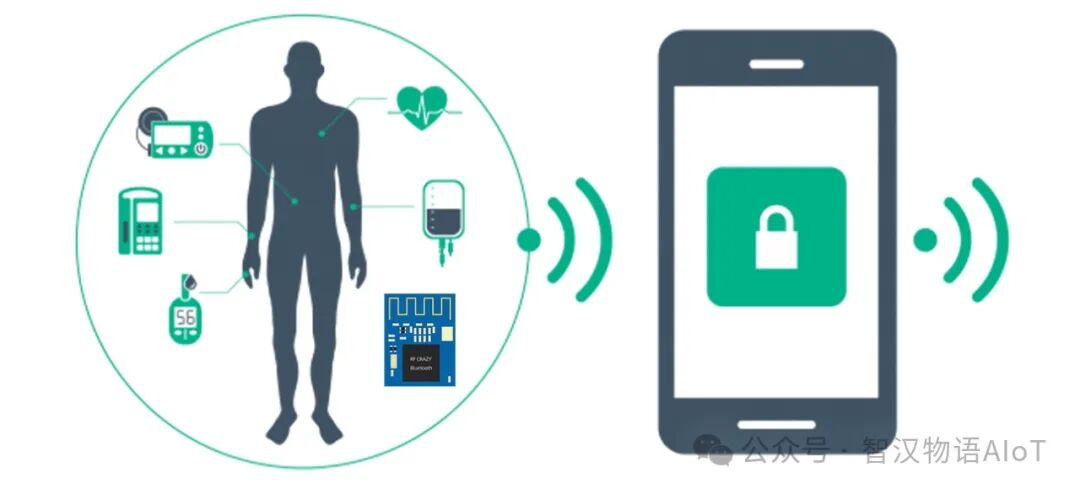
Zhihan IoT: The Wireless Technology Enabler for Lightweight Medical Devices
As a promoter of low-power Bluetooth modules in China, Shenzhen Zhihan IoT Co., Ltd. leverages its deep expertise in the low-power Bluetooth field to provide feasible wireless communication solutions for the healthcare industry. The company’s self-developed medical-grade BLE modules have three core advantages:
Ultra-Low Power Design: Represented by RC2202A, with a standby current as low as 0.85μA, meeting the one-year power supply needs of devices like temperature patches;
Assistance with Compliance Certification: The RC52832A module has been embedded in multiple medical products, assisting customers in obtaining certifications such as FDA, CFDA, and supporting GATT definitions for dedicated services for heart rate and glucose devices;
End-to-End Architecture: From terminal hardware and software to edge computing and AI algorithms, and then to intelligent cloud management, constructing a multimodal intelligent medical ecosystem.
Zhihan IoT’s RC662x series modules have been successfully applied in devices such as glucose meters and infusion pumps, providing one-stop services from hardware design, protocol stack development, and APP integration development, helping customers shorten their product launch cycles by 50% and becoming partners for many medical enterprises.
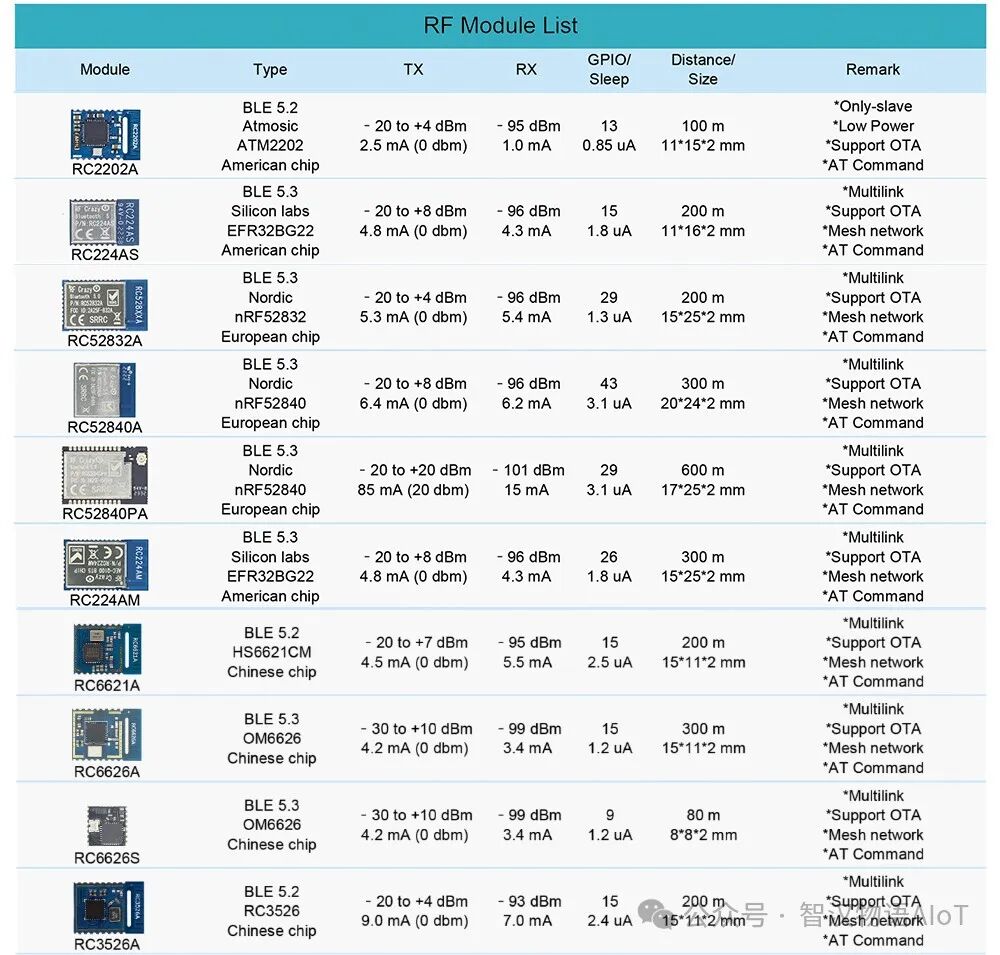
In summary, Bluetooth Low Energy (BLE) technology is revolutionizing the healthcare industry by enabling low-power, cost-effective, and highly reliable medical devices. From real-time patient monitoring and improved doctor-patient communication to advanced emergency response systems and efficient asset tracking, BLE has a profound impact on medical technology and patient care. As BLE technology continues to evolve, it is expected to further enhance healthcare services and patient prevention through innovations such as integration with the Internet of Medical Things (IoMT) and telemedicine. BLE will have a significant impact on medical technology and patient care, providing new possibilities for a more interconnected and efficient healthcare ecosystem.
